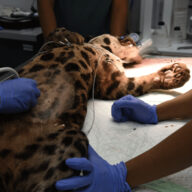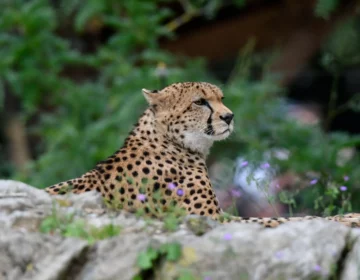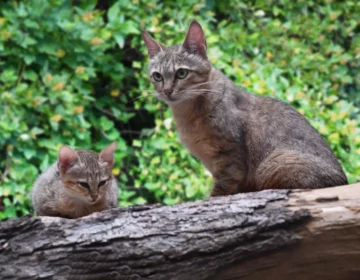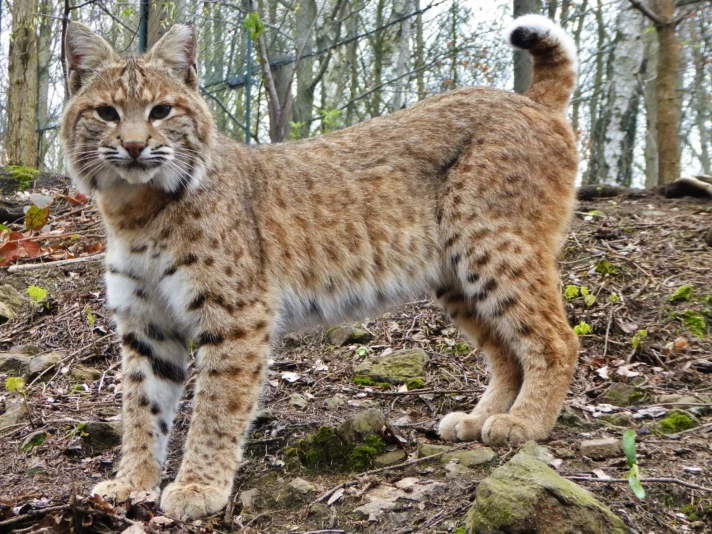
Red lynx
Lynx rufus
Red lynx
There are two subspecies:
- Lynx rufus rufus
- Lynx rufus fasciatus
APPEARANCE
The red lynx is a medium-sized cat. His name comes from his short tail, which measures on average only 14 cm. On the dorsal side of the tail, there are black stripes and the underside is white, not black as in other lynx species. The red lynx looks very similar to the Canadian lynx but has shorter ear tassels, shorter legs, smaller paws without heavily hairy undersides, and a more stocky appearance. Its head is small and broad, surrounded by a collar of fur. The cat’s fur is dense and soft, and its color and patterns vary greatly between regions. The color of the fur may be brown, yellow-brown, reddish or light grey; the pattern on the fur may be absent or expressed as brown or black spots or stripes. The belly and underside of the legs are light with dark spots.
DISTRIBUTION AND HABITAT
The range extends from southern Canada through the United States to northern and central Mexico south to the state of Oaxaca.
It inhabits boreal coniferous and mixed forests, deciduous forests, coastal swamps, deserts and scrub. The most important habitat requirements of the red lynx are sufficient food and vegetation in which it can hide while hunting and resting.
BEHAVIOUR
The red lynx is a solitary species, feeding at dusk, but depending on its habitat they can be active during the day or at night. During hunting they use dense vegetation to ambush their victims. Lynx live on the ground, but are good climbers and escape to trees when they feel threatened.
FOOD
The diet of the red lynx is very varied. In most areas, its main victims are rabbits and hares, but it also hunts small rodents, rats, squirrels, beavers, birds, opossums, peccaries, and sometimes small ungulates such as deer.
MAIN THREATS
Habitat loss due to human activity is considered the main threat to the red lynx throughout its range.
